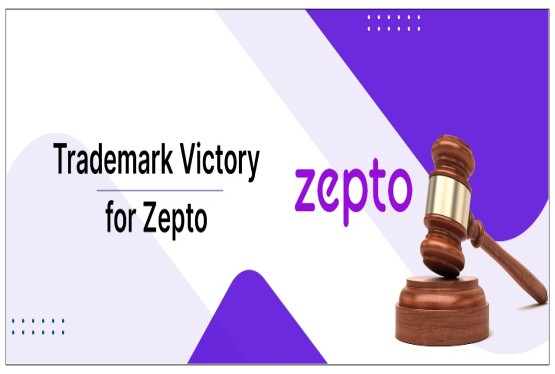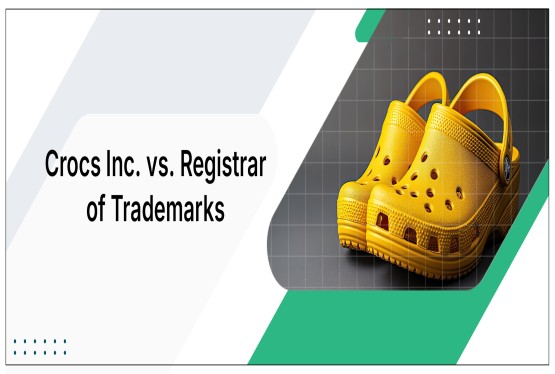Filing a patent application in India is a meticulous process that requires the submission of specific documents to ensure the protection of intellectual property rights. The Indian Patents Act, 1970, along with the Patents Rules, 2003, governs this procedure. This article provides a comprehensive overview of the essential documents required for a patent application in India, supplemented by relevant case laws and articles to elucidate their significance.
1. Application for Grant of Patent (Form 1)
Form 1 is the foundational document for initiating the patent application process. It necessitates detailed information about the applicant(s) and inventor(s), including their full names, addresses, and nationalities. Additionally, it requires a declaration of inventorship and details regarding any prior patent applications for the same invention. Accurate completion of Form 1 is crucial, as inaccuracies can lead to legal complications.
2. Provisional or Complete Specification (Form 2)
Form 2 pertains to the technical disclosure of the invention. Applicants can choose to file either a provisional or complete specification:
-
Provisional Specification: This is filed when the invention is in its developmental stages. It provides a general description without the necessity for detailed claims. Filing a provisional specification secures a priority date, granting the applicant 12 months to develop the invention further and file a complete specification.
-
Complete Specification: This document offers a comprehensive description of the invention, including the best method of performing it, along with definitive claims that delineate the scope of patent protection sought. The complete specification must be filed within 12 months of the provisional specification.
3. Statement and Undertaking Under Section 8 (Form 3)
Form 3 requires applicants to disclose information regarding any corresponding foreign patent applications for the same or substantially the same invention. This includes details about the filing date, application number, and current status of each foreign application. The objective is to maintain transparency and prevent conflicting patent rights across different jurisdictions.
4. Declaration as to Inventorship (Form 5)
Form 5 is a declaration that identifies the true and first inventor(s) of the invention. This form is mandatory when a provisional specification is followed by a complete specification or in the case of convention or PCT national phase applications. It ensures that appropriate credit is accorded to the rightful inventor(s).
5. Power of Attorney (Form 26)
If the patent application is filed through a patent agent or attorney, Form 26 authorizes the representative to act on behalf of the applicant. This form must be duly signed and submitted to establish the agent's legitimacy in handling the application process.
6. Proof of Right
Proof of right establishes the applicant's entitlement to apply for a patent, especially when the applicant is not the inventor. This can be demonstrated through an assignment deed or employment contract, indicating the transfer of rights from the inventor to the applicant. In the case of PCT national phase applications, if there is no change in inventor(s) or assignee, and a declaration under Rule 4.17 of PCT Regulations has been furnished, no separate proof of right is required.
7. Priority Document
For convention applications claiming priority from an earlier foreign application, a certified copy of the priority document must be submitted. This document substantiates the claim of priority and must be furnished within three months from the date of communication by the Controller.
8. Drawings and Abstract
If the invention involves visual elements, detailed drawings must be provided to elucidate the inventive features. Additionally, an abstract summarizing the invention's core aspects is required. These components aid in the clear understanding and examination of the patent application.
9. Fee Payment
The requisite statutory fees for filing the patent application must be paid. The fee varies based on the type of applicant (individual, small entity, or others) and the nature of the application. Timely payment is essential to avoid delays in the processing of the application.
Case Law: Maj (Retd) Sukesh Behl & Anr v. Koninklijke Philips Electronics
In this case, the Delhi High Court deliberated on the significance of compliance with statutory requirements under the Patents Act. The court emphasized that non-compliance with procedural mandates, such as the submission of necessary documents, could jeopardize the enforceability of patent rights. This underscores the importance of adhering to documentation requirements during the patent application process.
Conclusion
Navigating the patent application process in India necessitates meticulous attention to detail, particularly concerning the preparation and submission of requisite documents. Each document serves a specific purpose, from establishing the applicant's right to apply, to providing a comprehensive disclosure of the invention. Adherence to these requirements not only facilitates a smoother examination process but also fortifies the legal standing of the patent once granted. Applicants are advised to consult with qualified patent professionals to ensure compliance with all procedural mandates, thereby safeguarding their intellectual property rights effectively.
Frequrntly Asked Questions
Here are 5 FAQs based on your article about patent application documents in India:
Q1. What's the difference between a provisional and a complete specification?
Ans. A provisional specification is a preliminary description of your invention filed when it's still in the development stage. It secures a priority date. A complete specification provides a full and detailed description of the invention, including claims that define the scope of protection, and must be filed within 12 months of the provisional specification.
Q2. What is Form 3 and why is it important?
Ans. Form 3, the Statement and Undertaking under Section 8, requires you to disclose details about any corresponding patent applications you've filed in other countries for the same or a similar invention. This is crucial for transparency and to prevent conflicts between patents in different jurisdictions.
Q3. If I'm not the inventor of the technology, can I still apply for a patent?
Ans. Yes, you can apply for a patent if you have the "proof of right." This typically involves an assignment deed or employment contract that legally transfers the rights from the inventor to you. In PCT national phase applications, if there is no change in inventor(s) or assignee, and a declaration under Rule 4.17 of PCT Regulations has been furnished, no separate proof of right is required.
Q4. What is the purpose of the priority document, and when is it required?
Ans. The priority document is a certified copy of an earlier patent application filed in another country. It's required when you're filing a "convention application" and claiming priority from that earlier filing. This allows you to claim the earlier filing date as the effective filing date in India. You must submit it within three months from the date of communication by the Controller.
Q5. What was the key takeaway from the Maj (Retd) Sukesh Behl & Anr v. Koninklijke Philips Electronics case regarding patent applications?
Ans. This case emphasized the importance of strictly adhering to the statutory requirements of the Patents Act, including the proper submission of all necessary documents. Non-compliance with these procedural mandates can jeopardize the enforceability of your patent rights.






























_(b)_of_the_Trademark_Act,_1999_(1)_crop10_thumb.jpg)



_crop10_thumb.jpg)




























_crop10_thumb.jpg)
_crop10_thumb.jpg)






_crop10_thumb.jpg)








_crop10_thumb.jpg)
_crop10_thumb.jpg)



_crop10_thumb.jpg)





























_crop10_thumb.jpg)

















_crop10_thumb.jpg)






_crop10_thumb.jpg)











































































































































_crop10_thumb.jpg)




































_crop10_thumb.jpg)












_crop10_thumb.jpg)






















